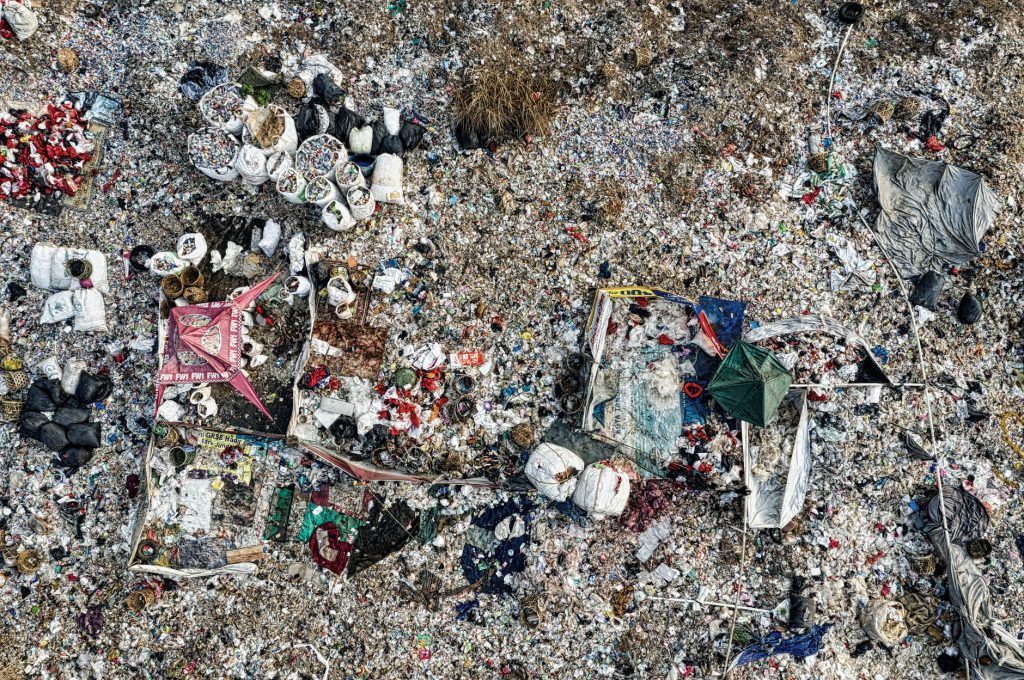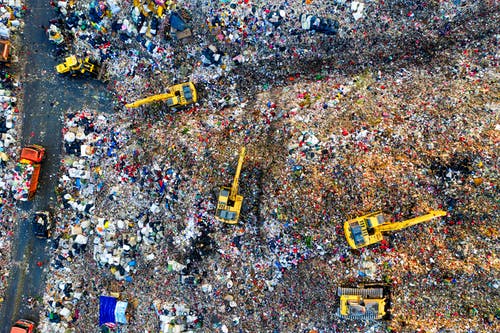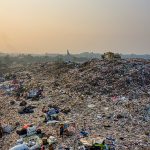Obtaining and Transporting Materials
Protecting public health, safety, as well as environmental quality require proper solid-waste collection. About three-quarters of total cost of solid waste management is accounted for by this labor-intensive activity. Some municipalities prefer to use private contractors or conservators to complete the work, but in other cases, municipal employees are assigned to the task. Typically, each collection vehicle has a pilot and one as well as two loaders on board. Trucks of a enclosed, tamping variety typically have 30 cubic metre capacities (40 cubic yards). It is possible to load from the front, the back, or even the sides. The volume of waste in the truck is cut in half by the process of compaction.
The problem of determining the best route for garbage collection is particularly difficult in densely populated cities. If you want the most effective use of your time and resources, you need to use computer analyses that take into account all of the design variables that make up a large and complicated network. Frequency of pickup, haulage distance, service, and climate all play a role. As a result of the lower population density and resulting higher unit costs, garbage collection in rural areas could be particularly challenging.
Because food waste decomposes quickly, garbage collection is usually scheduled once a week. Garbage grinders, as well as garbage disposals, can cut the level of garbage that accumulates in a household’s trash. Sewage systems are usually able to handle the additional burden of ground garbage. Homeowners and businesses in many areas have begun implementing source separation as well as recycling programmes, in which recyclables are separated from garbage and placed in separate bins for collection. Residents can also bring recyclables to drop-off centres in their neighbourhoods.

Disposal or treatment of solid waste
There are a number of options for reducing the volume and weight of municipal solid waste once it is collected. The waste is transformed into a more manageable form after treatment. It can also be used to recycle or repurpose materials and heat energy.
Operation of an Incinerator
Despite its effectiveness in reducing waste volume and weight, burning emits greenhouse gases into the atmosphere. Burning waste in modern incinerators requires precise control over the conditions in which the waste is combusted. Waste that can be burned produces mostly carbon dioxide and water vapour, as well as heat. More than 90% of the volume of undrained waste can be reduced by incineration, leaving a bottom ash residue of inert ash, glass, metal, as well as other solid materials. The incinerator’s airstream carries the gaseous byproducts of incomplete combustion and the finely dispersed particulate material known as fly ash. Cinders, dust, as well as soot all make up fly ash. Modern incinerators must always be equipped with vast emission control devices in order to eliminate fly ash and gaseous byproducts before they are expelled into the atmosphere. Fabric sedimentation tanks filters, gas streams scrubbers, as well as electrostatic precipitators are just some examples of these devices. It’s common for bottom and fly ashes to be mixed together and dumped in a landfill. If toxic metals are found in the ash, it must be treated as a toxic waste and disposed of appropriately.
Solid-waste incinerators for municipal use are built to accept and burn a steady stream of waste. Approximately one day’s worth of waste can be stored in a deep keep refusing storage pit or tipping area. A crane installed with the a bucket as well as grapple device lifts the trash from the pit. After that, it’s discharged onto a required to charge grate and stoker via a hopper as well as chute located above the furnace. In order to keep the burning material cool, the grate shakes and moves the waste. This type of furnace is most commonly used in modern incinerators. Rotary as well as vertical circular furnaces too are available. In order to withstand the high temperatures generated during combustion, furnaces are built with refractory bricks.
In a furnace, there are two stages of combustion: primary and secondary. The waste is ignited as well as volatilized in primary combustion, which removes moisture from it. Secondary combustion eliminates odours and reduces fly ash emissions by oxidising the exhaust’s residual unburned gases and particulates. To get the primary combustion going, auxiliary gas and fuel oil may be used, especially if the refuse is particularly wet.
Both the secondary combustion processes require a thorough mixing of air and refuse. Underneath the grates or in the area above, air is drawn in and circulated. To maximise combustion efficiency, the plant operator must figure out how much underfire and overfire air to use at any given time. Mechanical forced-draft fans or a natural draught in a tall chimney can both maintain a constant airflow.




